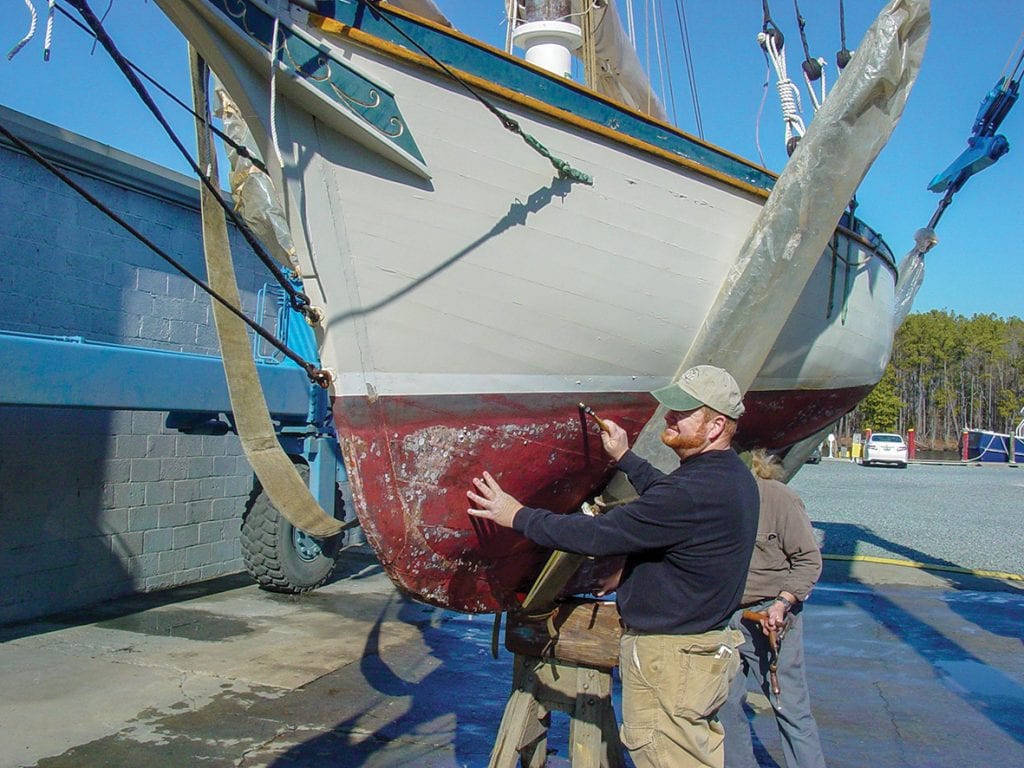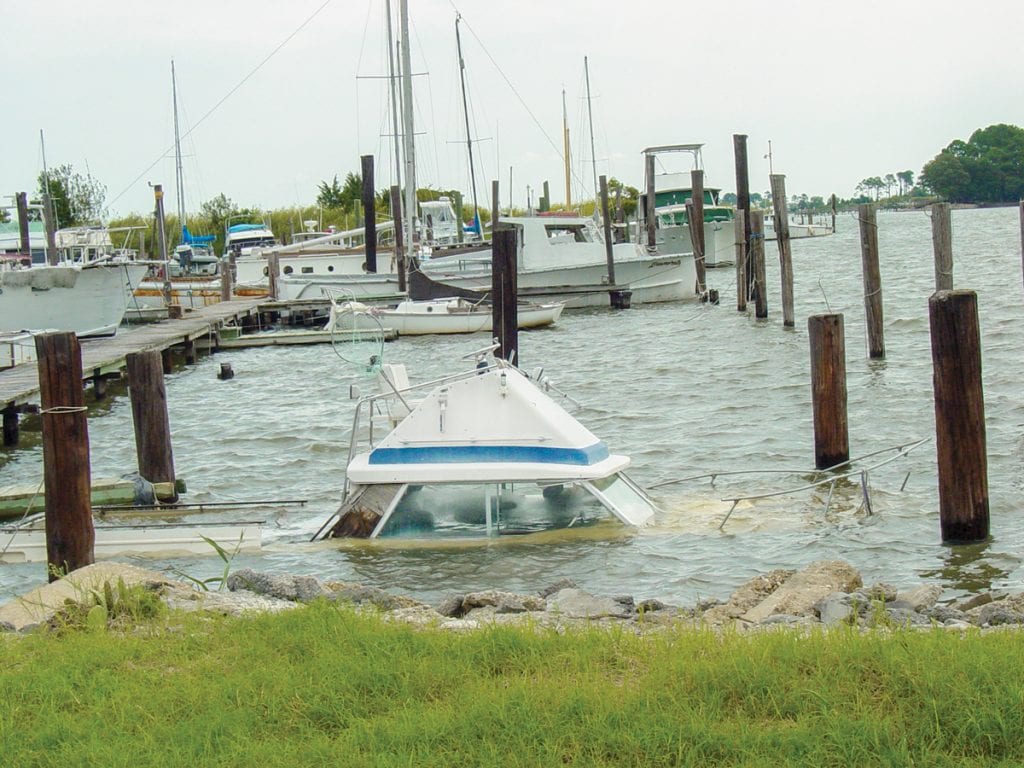At some point, you’ll need a marine survey. We break down the most common marine surveys.
Most boat owners will require a marine survey at some point, which can be conducted for any number of reasons. You can inspect your boat and do your own survey, but when it comes to insurance or resale, only a professional survey report is acceptable.
Here’s a rundown of the basic types of marine surveys, along with what to expect when the surveyor comes knocking.
Condition and value survey
This is the most comprehensive assessment a vessel will likely receive. A condition and value survey (C&V) provides clients with an informed, professional opinion of a vessel’s condition and fair market value. It includes an in-depth visual inspection of structural integrity, safety equipment, and all other miscellaneous onboard system s (electrical, propulsion, sanitation, potable water, navigation, etc.) as well as an out-of-water hull inspection and test run (aka sea trial).
The written report of a C&V survey provides detailed information on the vessel and contains a list of noted discrepancies or variations from the American Boat and Yacht Council (ABYC) and National Fire Prevention Association (NFPA) standards as well as deviations from U.S.C.G. requirements and prudent seamanship. The report will also contain a “Recommendations” section listing safety, maintenance and repair items that need to be addressed.
Insurance survey
An insurance survey is conducted to assist underwriters in determining a vessel’s condition and insurability for initial policy issuance or renewal. The primary focus of an insurance survey is structural integrity, safety and inspection of system installations as per NFPA and ABYC guidelines. Your safety gear is inspected and noted for compliance with federal requirements, and pertinent identification information is recorded for future reference, valuation, and claims adjustment.
In many cases and depending on the surveyor, the content and scope of a typical insurance survey’s written report is very similar to that of a C&V survey and provides detailed vessel information, discrepancies, and recommendations. The biggest difference is that, in some cases (typically policy renewal for an established client), underwriters will accept an “in-water” survey. Some surveyors see failure to haul and fully inspect the hull and equipment below the waterline as a liability both to them and the best interest of the client. As such, they may decline to conduct a survey (insurance or otherwise) where the vessel is not hauled for inspection.
 Appraisal inspection
Appraisal inspection
The appraisal inspection determines the fair market value of a vessel. Instances include: financing, estate settlements, donations, and legal cases (divorce, etc.). As the focus is to simply provide the surveyor’s overall impression of the vessel’s condition, an appraisal inspection is a less in-depth inspection compared to a C&V. The written report will contain basic vessel information, general comments on overall condition and estimated fair market value.
Damage survey
The purpose of a damage survey is to assess the extent of damage to the vessel in the event of an accident. Other items typically included: recommended repairs, estimated repair cost and determining probable cause. Boat owners beware: when you file a damage claim, the surveyor assigned by the underwriter will represent the insurance company’s interest, which may or may not coincide with yours.
Owners have the right to hire their own surveyor to inspect the damage and make recommendations as to repair methods and cost estimates. Depending on the policy, underwriters may even pay for this independent surveyor subject to deductibles and the validity of the claim.
Although we’ve listed the four basic types of surveys and defined the general scope and purpose of each, there is some blurring of the lines separating them. For example, a C&V survey (due to its depth and scope of inspection) can serve double or even triple duty: provide prospective buyers an assessment of a vessel and at the same time, satisfy financial and insurance requirements once the vessel is purchased.
Finding a surveyor
Marine surveys aren’t regulated or licensed by any governmental agency, so it’s important to research potential surveyors. Reputation, word-of-mouth recommendations, and sample survey reports are all part of the selection process. Membership organizations, such as the Society of Accredited Marine Surveyors and the National Association of Marine Surveyors, are also good places to start your search.
Cost and Time
Marine survey prices vary depending on the survey requested, type of vessel, hull material, age, the complexity of the systems, and specific requirements for the survey. Surveys are billed by the job, by the hour or on a per-foot basis. Costs vary greatly, depending on the region.
Shop around to get a feel for the going rate in your area, but don’t base your decision solely on the lowest cost. Final selection should include a review of the surveyor’s experience, references, sample surveys, etc.
The length of a marine survey depends on a number of factors, including the type of survey required and prior preparation. An appraisal survey for a typical 40-foot production yacht may last only a few hours, while a condition and value survey for the same vessel (including haulout and sea trial) could easily take a full day.
By Frank Lanier, Southern Boating
February 2019














